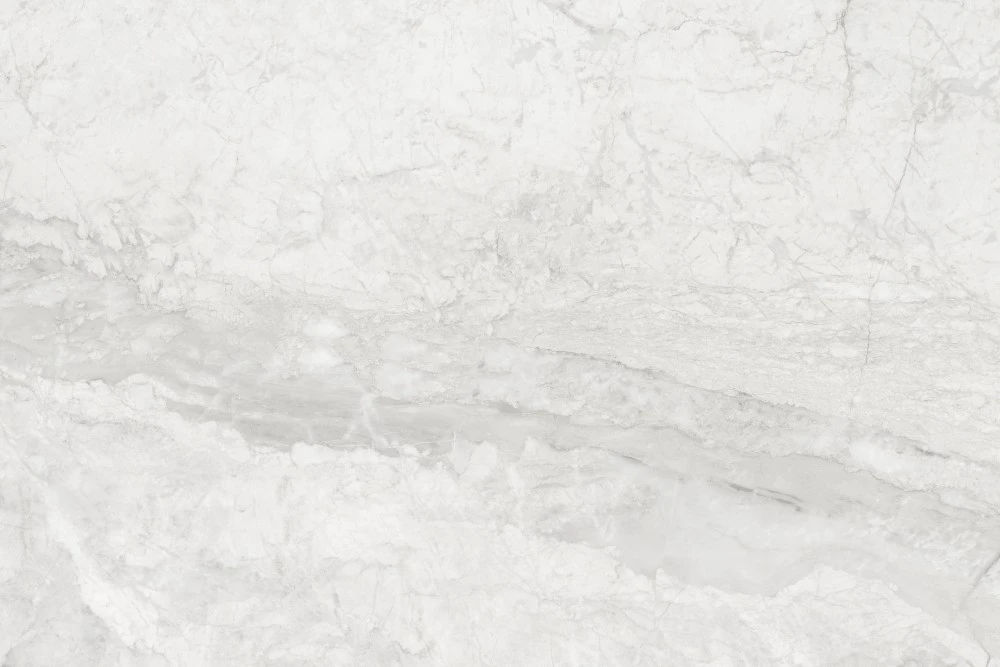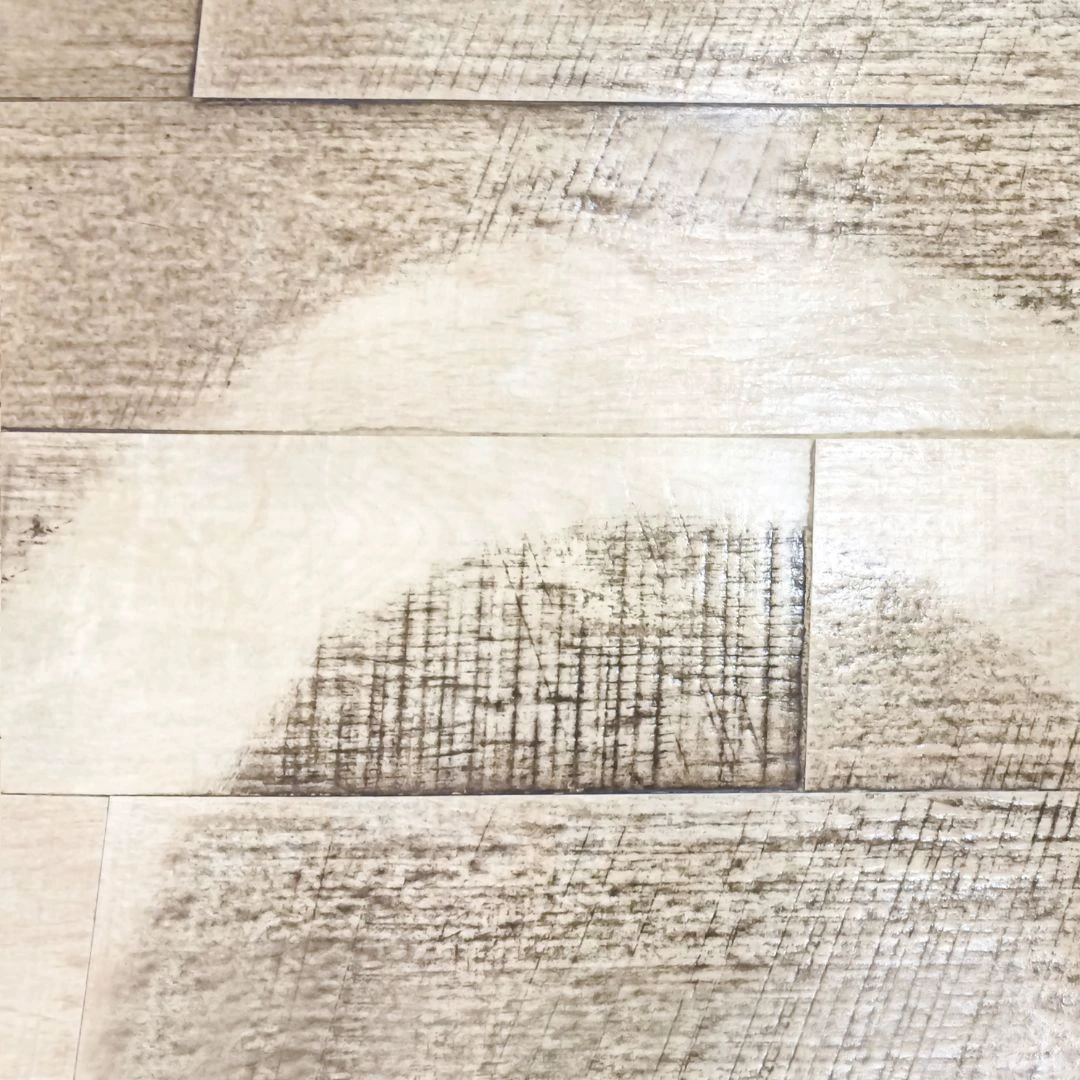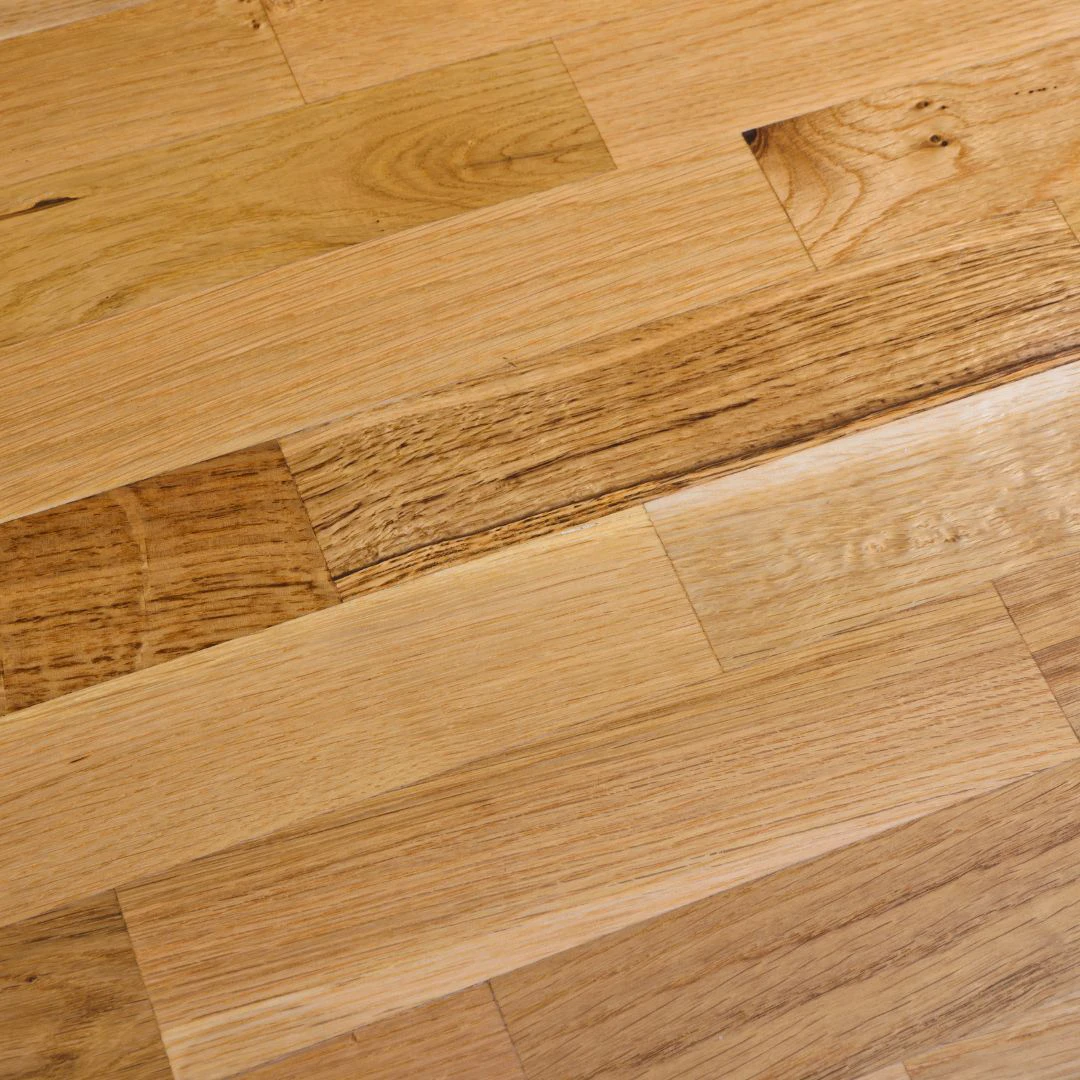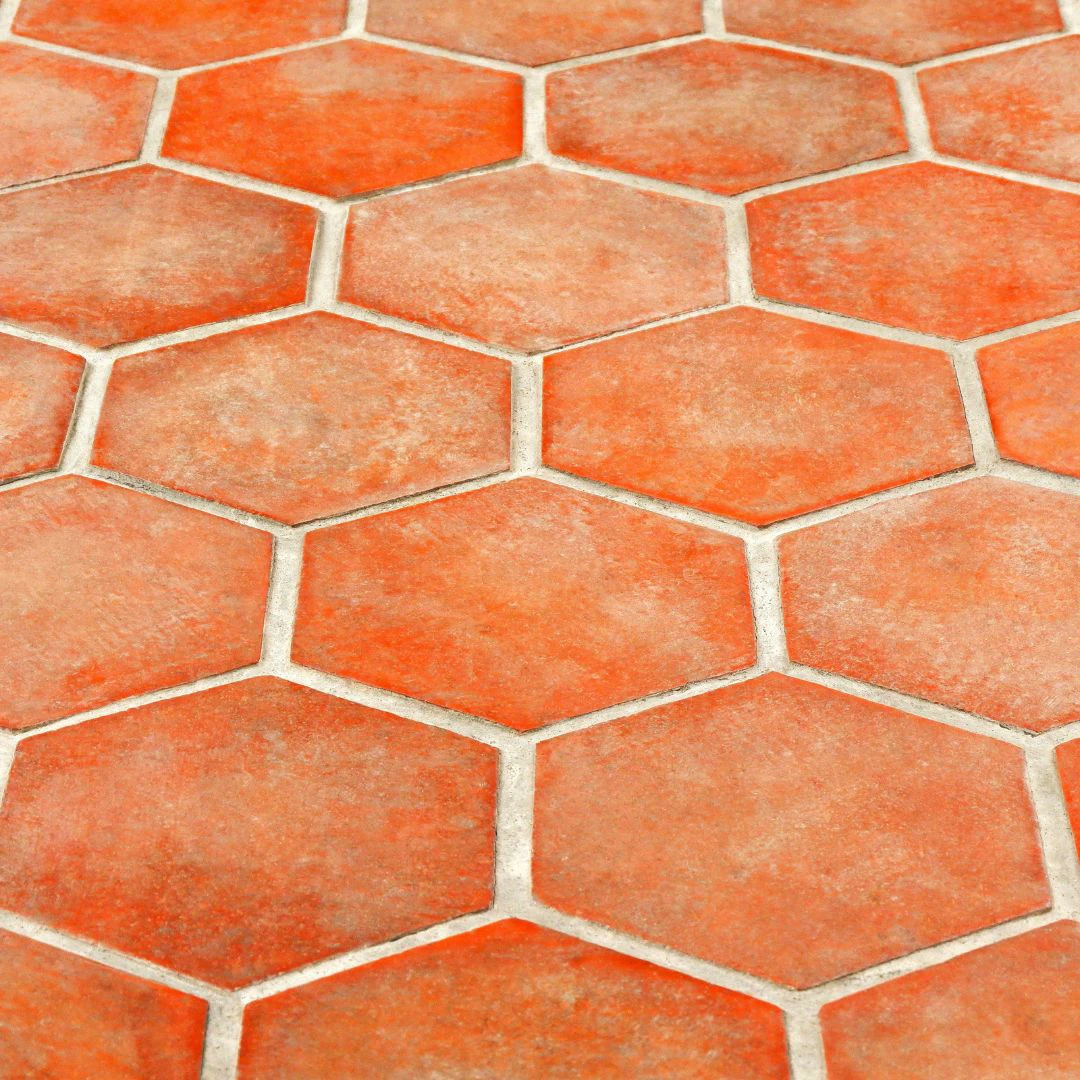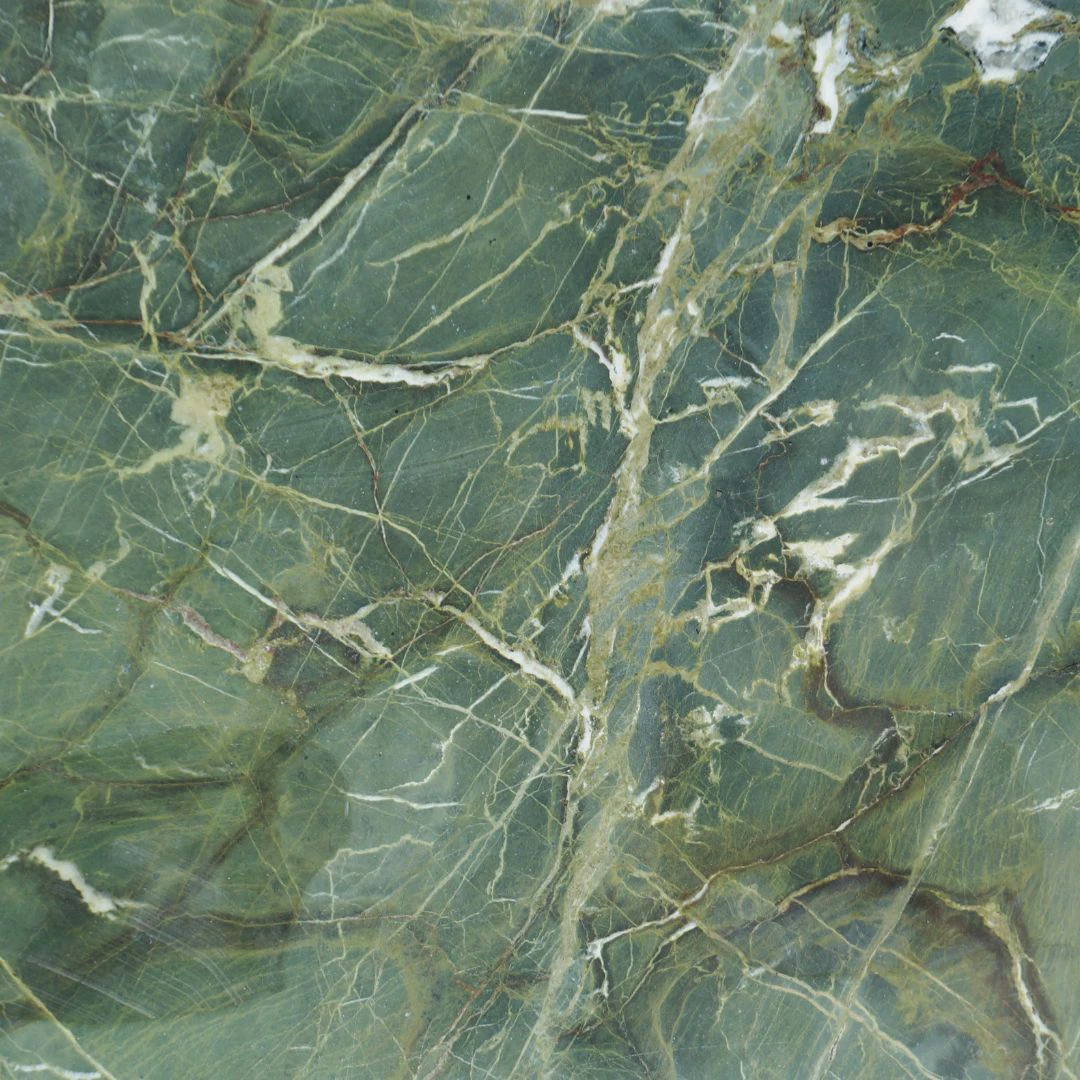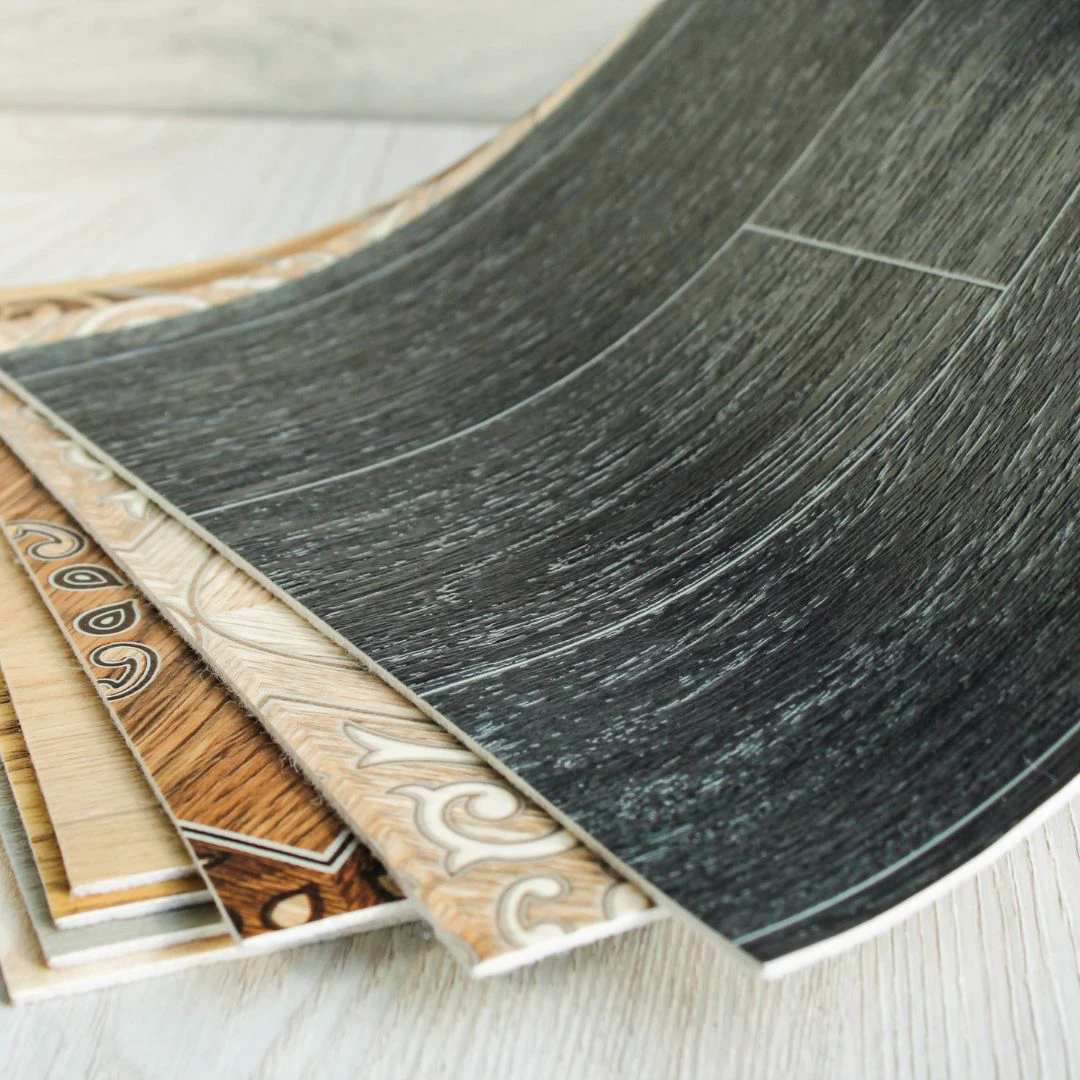Dirt also lurks on handmade cotto. But thanks to the artisans of AM Servizi and Marbec products, the floor has recovered its brilliance.
Today’s article turns its attention to handmade cotto in the wonderful area on the border between Lazio and Tuscany,
where the beautiful Terme di Vulci are located, known throughout Italy and abroad for being the perfect destination to spend a
a day dedicated to relax. In fact, Maremma is the cradle of many naturalistic jewels of which Italy can be proud in all
the world, including the Terme di Vulci, which, located in a strategic position, allow you to enjoy the wild nature
and at the same time to savor the local traditions, from the tasting routes to the visit of the archaeological park or the
adjacent ancient medieval villages. The thermal structure consists of 3 swimming pools, two of thermal water and a sports pool,
in which water becomes a panacea for reactivating circulation and toning the body. The baths sink
its origins in the Etruscan civilization, which more than 3000 years ago relied on natural treatments and hot waters to reactivate
the vital energies.

The work we are going to talk about leads us to this oasis of relax, where the artisans of the AM Servizi company have carried out
a cleaning and treatment of a fine hand-made Umbrian cotto, inside the restaurant of the Terme di Vulci.
The company operates throughout Italy, especially in Tuscany, and specializes in the cleaning, recovery and treatment of
floors in cotto, stone and stone materials. In addition, it also deals with the removal of graffiti, recovery of historic buildings and villas.
So let’s find out the characteristics of this particular type of cotto.
Umbrian handmade cotto: characteristics
Handmade cotto has its roots in Umbria and is an excellent solution to enhance the beauty of farmhouses, villas,
restaurants and hotels, as well as many buildings that are part of the artistic and historical heritage of our wonderful Italy.
The processing of handmade cotto has very ancient origins: it dates back to the Etruscan people, who after settling in the
western part of Umbria, began to devote themselves to the construction of cotto bricks, progressing this skill in a
relatively long time. In fact, it is thought that as early as the 1st century BC. the Etruscan artisans had become skilled workers of
materials such as tuff, limestone and clay. The handmade cotto, however, required a preparation process of many days,
at the end of which very resistant bricks were obtained, useful for homes, tombs and spas, as well as for
beautify the luxurious residences of the nobles of this population that leaves behind a wide aura of mystery. Despite
centuries passed, Umbrian handmade cotto still requires different processing phases, each of which plays a fundamental role.
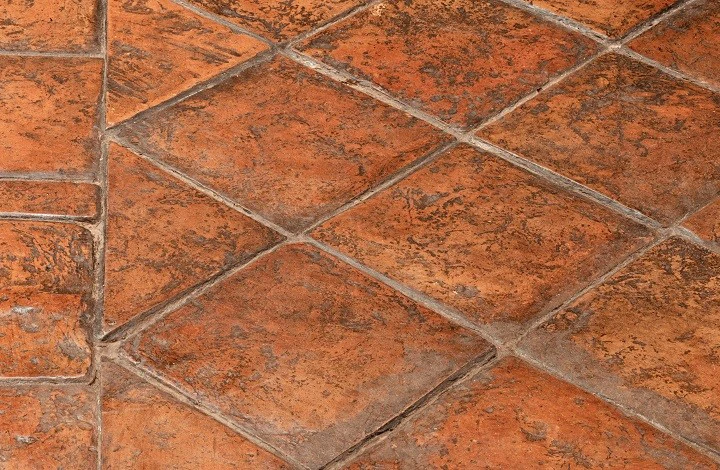
The first step involves the extraction from the quarries of the material of which the Umbrian region is very rich. The
Umbrian clay, which stands out on the market for its excellent quality, is collected and cleaned through a sieving process,
an infallible method to eliminate the different impurities. After this phase, it is ready to be worked with water and therefore
to be kneaded, until a homogeneous compound which is then poured into special molds. This represents a very delicate step, and true professionals must make sure of the degree of compactness of the material and that no cracks or breaks will form. After drying it
for several days, the clay is finally fired in special ovens that exceed 1000 ° degrees in temperature.
Equipped with original features, Umbrian handmade cotto is a type of cladding that in the past was used a lot in rural contexts
like country houses, and that today is back fashionable and covers thousands of homes giving them that extra touch of elegance.
This type of cotto in fact reconciles tradition with modernity, giving a personality to any type of environment, interior or exterior
external. The coverings are also characterized by their natural effect: the color of the tiles varies according to the temperature
during the cooking process. Its versatility makes it suitable for any style, classic or contemporary, and with its practicality and
anti-slip properties, it lends itself to being preferred over other materials.
But alas, dirt also lurks there and the treatment processes of this material require attention and care, as well as a high
professionalism and knowledge of it. So let’s see how the talented craftsmen of the AM company carried out the cleaning work
and treatment of the Umbrian handmade cotto floor in the restaurant of the Terme di Vulci.
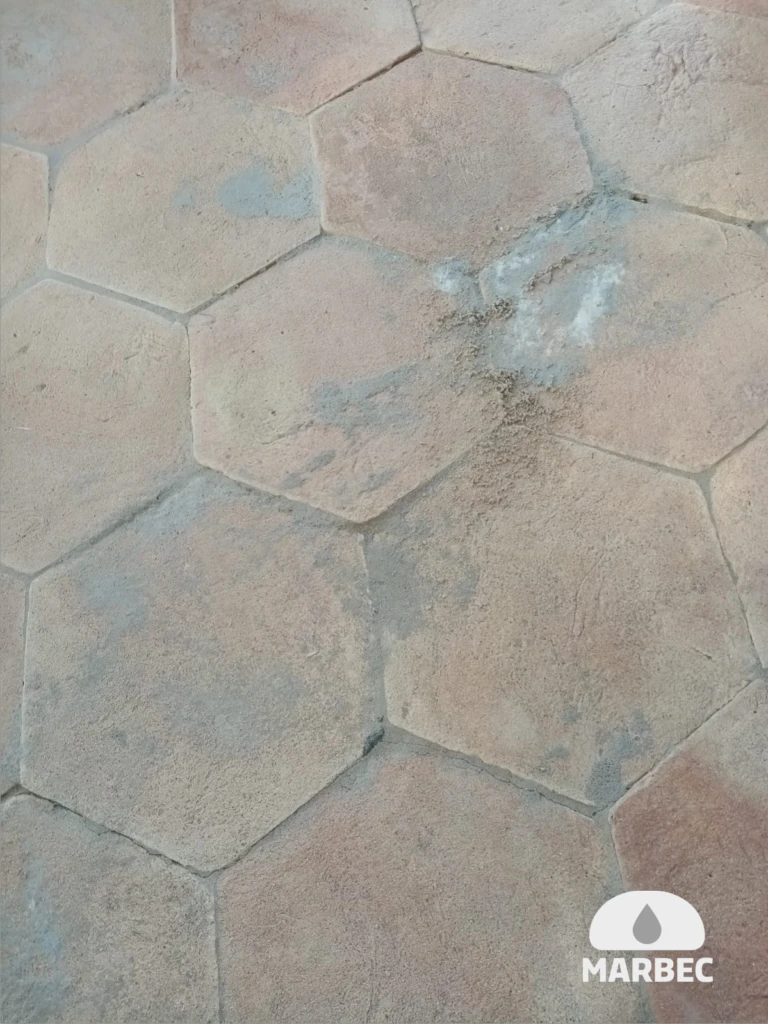
Cleaning and treatment of the handmade cotto floor
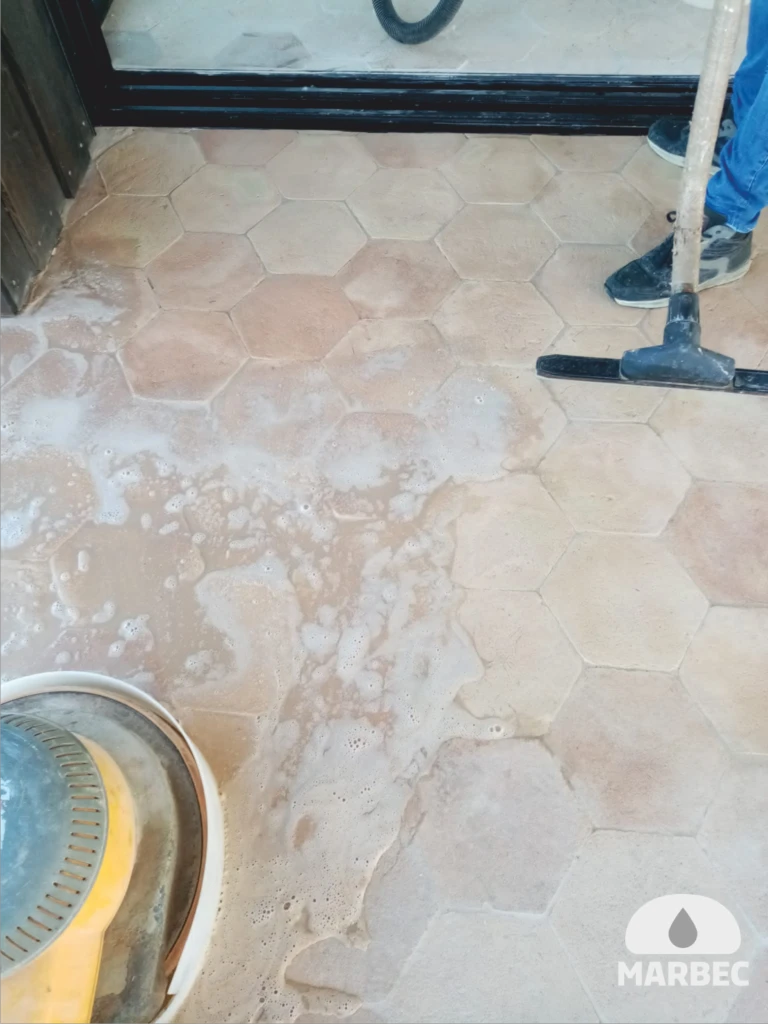
During the cleaning process of the Umbrian handmade cotto floor, the artisans proceeded to remove the
cement residues due to construction site dirt with the help of a dry scraper, and applied the descaling detergent
strong acid for cotto and terracotta VIACEM pure with tinex brush, which thanks to its hardness, is able to remove the cement from
the micropores of the material. They then rinsed the surface with a single brush and nylon disc to remove
the dust deeply. Once the surface was clean and dry, they passed to the anti-rising damp and anti-stain treatment
with semi-gloss toned effect.
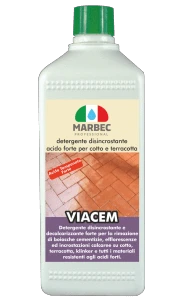
As a first step, they applied TIM, an anti-humidity and anti-stain protection for absorbent stone materials, with
a common gardener’s spray, distributing it with a fleece wax spreader. Thanks to the hydro-oil repellent action, this product
preserves the material, protects from stains and efflorescence and prevents the treatment from being affected by rising damp.
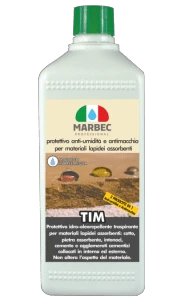
cement and cement agglomerates
placed indoors and outdoors.
It does not alter the appearance of the material.
They then applied a coat of PALLADIUM, an anti-stain protective for the toning effect treatment, specific for surfaces in cotto, stone, medium-high absorption grits, with single brush and tampico disc.
The application was given to the saturation of the material: in fact, by applying small quantities of product on the surface, the mono brush is able to make the product penetrate more into the material, thanks to its mechanical action. This passage has therefore exalted the color of the cotto.
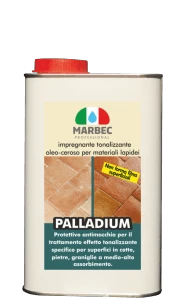
After that, the professionals of the AM Servizi company decided to use the ROYAL WAX product, a protective wax in
paste for the waxy finish of handmade cotto floors and walls placed indoors. Despite the surface was rough and
difficult to clean, this wax saturated the porosity of the cotto, making it easier to clean and maintain.
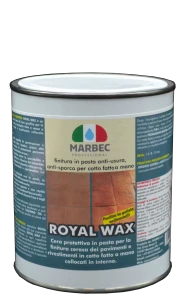
Finally, at the end of the treatment, the artisans applied a coat of the product IDROFIN LUCIDO, a glossy finish
anti-dirt anti-wear for stone materials, to protect the basic treatment and further facilitate ordinary cleaning.
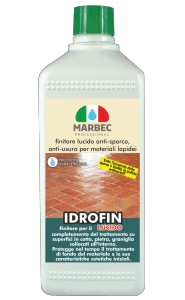
This type of treatment is ideal for keeping a restaurant or residential floor clean, as it enhances the characteristics of the cotto leaving it a natural appearance and maintaining its stain-resistant and wear-resistant performance high.
Furthermore, it is easy to maintain over time.
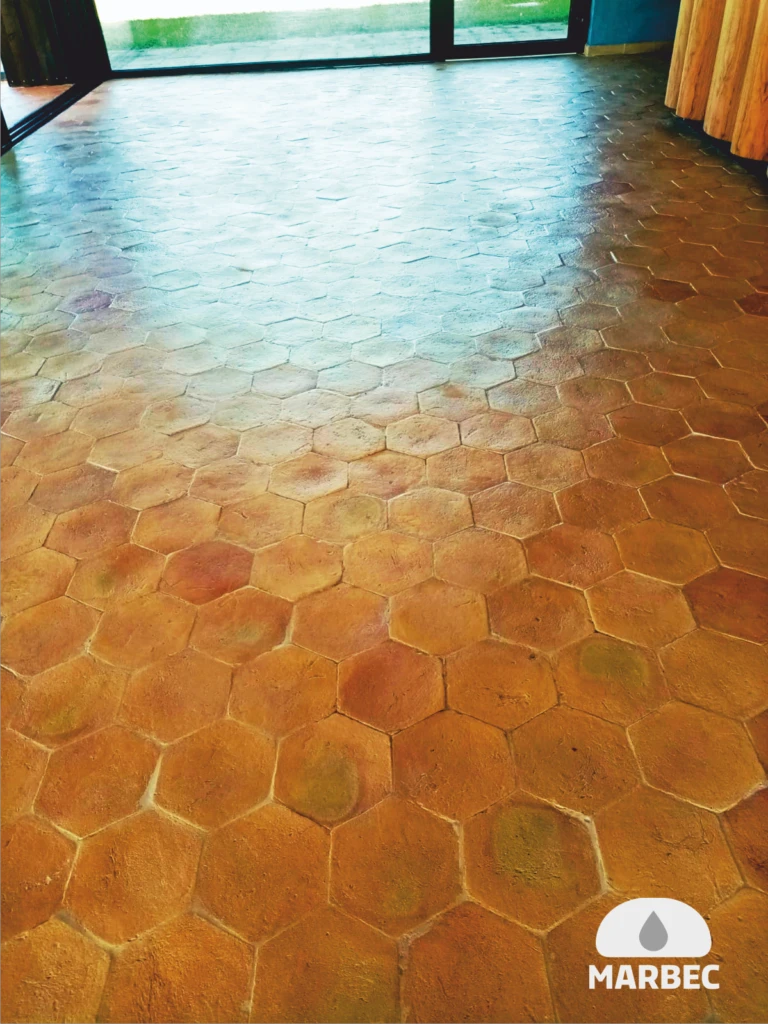
And the floor will be as good as new!
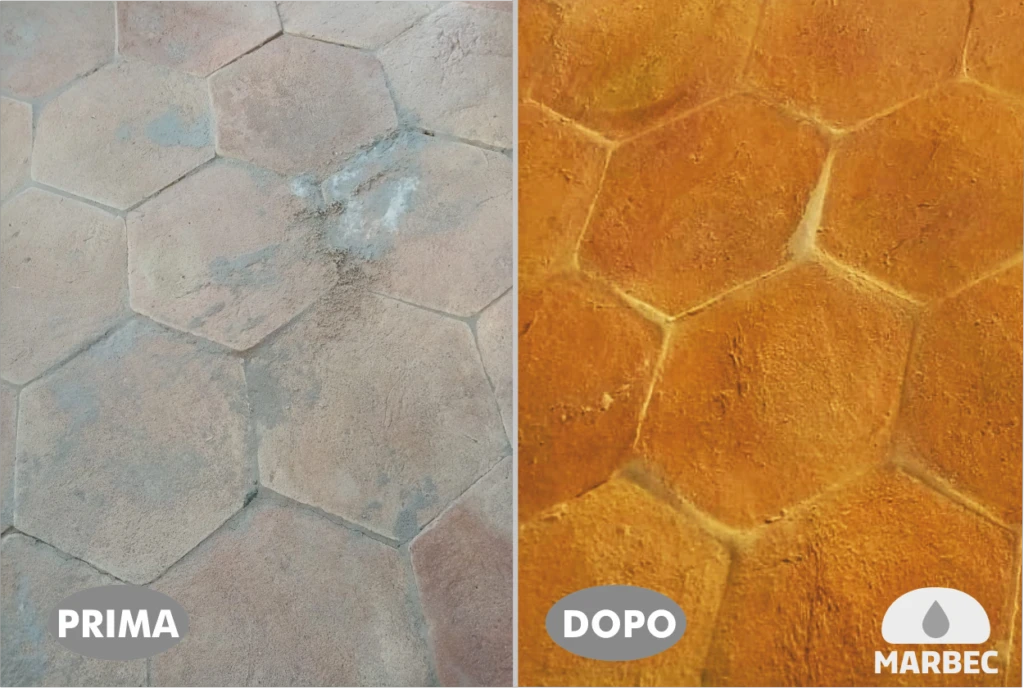
What are you waiting for? Contact us now and ask for a free quote!
COMPANY EXECUTING THE WORKS: AM Servizi
Click here and look at the portfolio of works carried out by AM Servizi
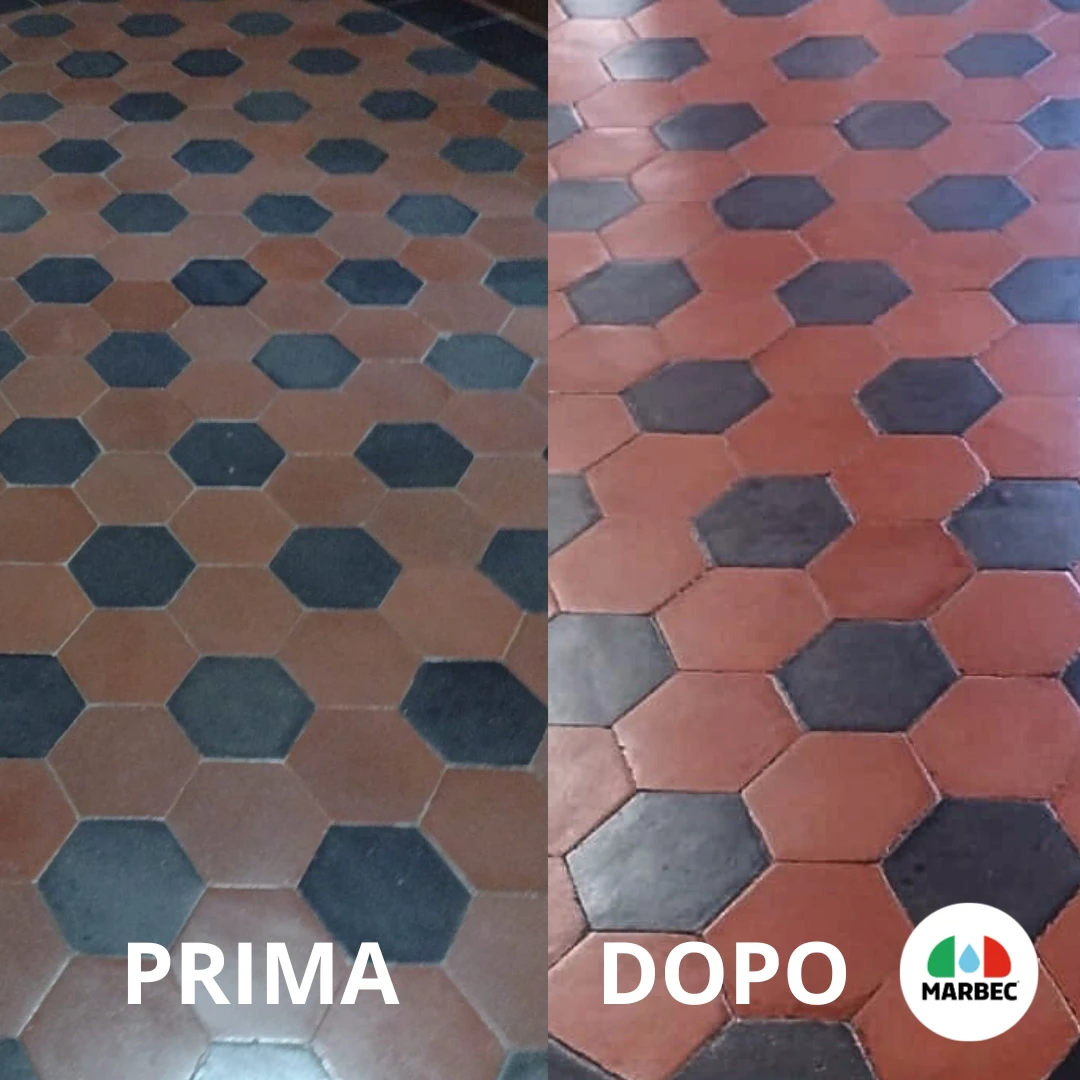
In the context of an ancient residence located in the area of Rome, the artisan Davide Incredibile has done a job of cleaning and restoring an ancient cement terrazzo floor. In order to ensure an effective and respectful treatment of the surface, a methodical and targeted process was adopted. Characteristics of cement terrazzo The cement […]

Today we want to present the polishing of a facade in matt French red marble. The marble cladding in question belongs to the Prada boutique in Forte dei Marmi.
